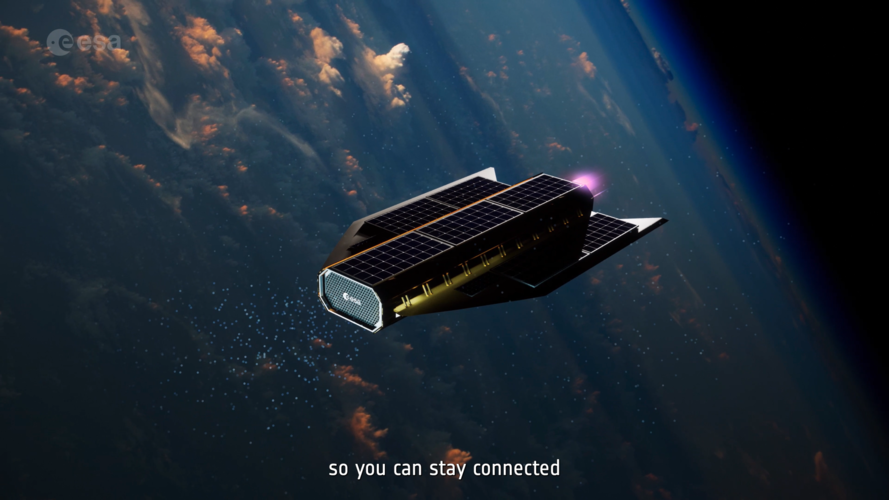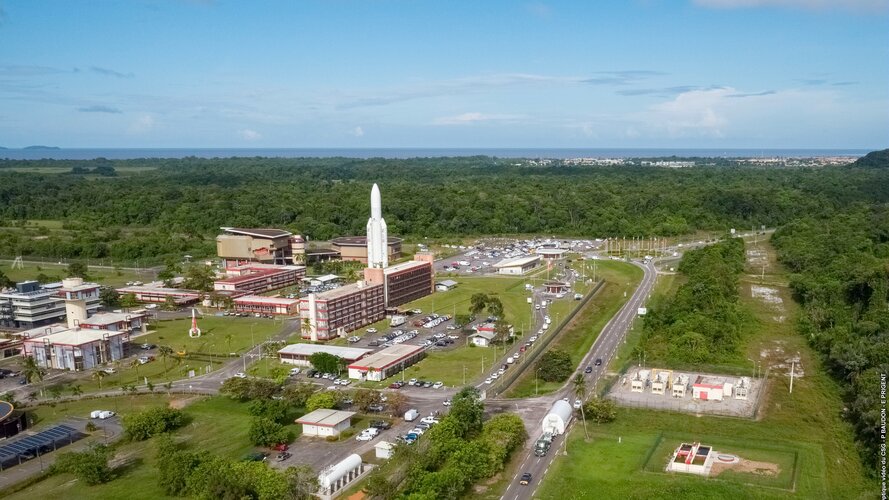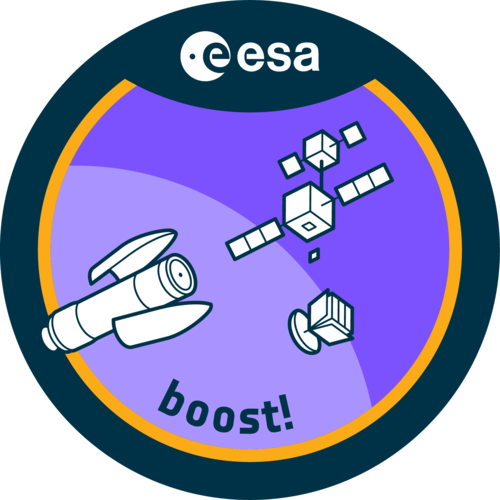Navigating the Digital Skies: How Adtech is Revolutionizing Space Tourism Marketing
Tuesday, 19 November 2024 09:06 The space tourism industry, once a distant dream reserved for science fiction, is now hurtling toward reality at escape velocity. Companies like SpaceX, Blue Origin, and Virgin Galactic have turned cosmic adventures into tangible experiences - albeit ones with hefty price tags. With this monumental shift, the marketing landscape for space tourism is equally transforming, propelled by innovative
The space tourism industry, once a distant dream reserved for science fiction, is now hurtling toward reality at escape velocity. Companies like SpaceX, Blue Origin, and Virgin Galactic have turned cosmic adventures into tangible experiences - albeit ones with hefty price tags. With this monumental shift, the marketing landscape for space tourism is equally transforming, propelled by innovative China launches satellite for ocean salinity detection
Tuesday, 19 November 2024 09:06 China launched a new satellite designed to detect ocean salinity on Thursday from the Taiyuan Satellite Launch Center in Shanxi Province, northern China, as reported by the China National Space Administration (CNSA).
The satellite was successfully sent into orbit at 6:42 am Beijing Time, carried by a Long March-4B Y53 rocket. This satellite aims to close the gap in China's high-precision g
China launched a new satellite designed to detect ocean salinity on Thursday from the Taiyuan Satellite Launch Center in Shanxi Province, northern China, as reported by the China National Space Administration (CNSA).
The satellite was successfully sent into orbit at 6:42 am Beijing Time, carried by a Long March-4B Y53 rocket. This satellite aims to close the gap in China's high-precision g Proba-3’s journey to see the Sun’s corona
Tuesday, 19 November 2024 08:00 Video:
00:04:31
Video:
00:04:31
The double-satellite Proba-3 is the most ambitious member yet of ESA’s Proba family of experimental missions. Two spacecraft will fly together as one, maintaining precise formation down to a single millimetre. One will block out the fiery disc of the Sun for the other, to enable prolonged observations of the Sun’s surrounding atmosphere, or ‘corona’, the source of the solar wind and space weather. Usually, the corona can only be glimpsed for a few minutes during terrestrial total solar eclipses. Proba-3 aims to reproduce such eclipses for up to six hours at a time, in a highly
SpaceX set for Starship's next flight
Tuesday, 19 November 2024 07:44This request seems a bit unusual, so we need to confirm that you're human. Please press and hold the button until it turns completely green. Thank you for your cooperation!
Press and hold the button
If you believe this is an error, please contact our support team.
185.132.36.159 : 73422bb2-b5c2-4055-8f89-6f4d16aa
Senators ask Pentagon and DOJ to investigate Putin-Musk calls
Tuesday, 19 November 2024 07:40
Satellite security monitor Space ISAC expands footprint with Australian center
Monday, 18 November 2024 21:05

The new Mars landing approach: How we'll land large payloads on the Red Planet
Monday, 18 November 2024 20:12This request seems a bit unusual, so we need to confirm that you're human. Please press and hold the button until it turns completely green. Thank you for your cooperation!
Press and hold the button
If you believe this is an error, please contact our support team.
185.132.36.159 : 5ade7def-9d6c-4ef6-8ca5-f6c8a323
Confinement may affect how we smell and feel about food
Monday, 18 November 2024 19:37This request seems a bit unusual, so we need to confirm that you're human. Please press and hold the button until it turns completely green. Thank you for your cooperation!
Press and hold the button
If you believe this is an error, please contact our support team.
185.132.36.159 : 3b234c1c-9134-4bf2-93bc-00356289
As Taurid meteor shower passes Earth, pseudoscience rains down—obscuring potential real threat from space
Monday, 18 November 2024 17:43This request seems a bit unusual, so we need to confirm that you're human. Please press and hold the button until it turns completely green. Thank you for your cooperation!
Press and hold the button
If you believe this is an error, please contact our support team.
185.132.36.159 : 27c9e33f-74ac-47a1-886a-19996930
Nature-inspired solar lasers could sustainably power space missions
Monday, 18 November 2024 16:03This request seems a bit unusual, so we need to confirm that you're human. Please press and hold the button until it turns completely green. Thank you for your cooperation!
Press and hold the button
If you believe this is an error, please contact our support team.
185.132.36.159 : 0b343edd-be2a-4b76-92b0-c9cf8203
SpaceX launches from KSC on Sunday with Canaveral launch set for Monday
Monday, 18 November 2024 15:37This request seems a bit unusual, so we need to confirm that you're human. Please press and hold the button until it turns completely green. Thank you for your cooperation!
Press and hold the button
If you believe this is an error, please contact our support team.
185.132.36.159 : 9d17e476-2583-43cf-ae12-6adc65e1
Advanced Research in Telecommunications Systems (ARTES) 4.0
Monday, 18 November 2024 15:00 Video:
00:03:18
Video:
00:03:18
Satellite communication underpins everyday life, enabling fundamental improvements not just in communication, but also in transport, healthcare, safety and security, and environmental services. The Advanced Research in Telecommunications Systems (ARTES) 4.0 programme enables European and Canadian industry to explore, through research and development, innovative concepts that stimulates the wider economy, creating new business and jobs across nearly every industry. ARTES 4.0 supports the production of market-leading and cutting-edge products and services within a fiercely competitive global satellite communications market.
Learn more: https://connectivity.esa.int/
The California Coastal Commission’s ruling to limit SpaceX launches threatens national defense
Monday, 18 November 2024 13:00
Sustainability, digitalisation and extraordinary maintenance contracts at Europe’s Spaceport
Monday, 18 November 2024 12:30
ESA and CNES invite space and non-space companies from all ESA Member States to support the extraordinary maintenance and digital modernisation of several activities at Europe’s Spaceport in French Guiana.


